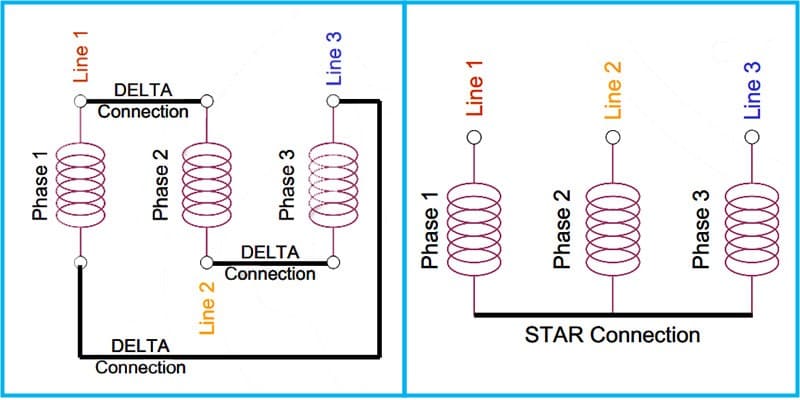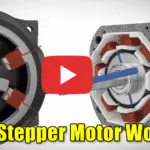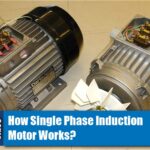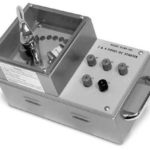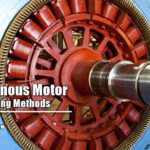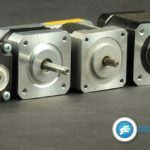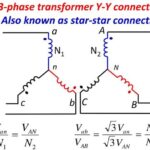Star-Delta starting is frequently referred to as “Soft-starting” a motor.
But what is soft about his starting method?
Why is it used?
What are the advantages?
What are the disadvantages?
In this article, you will find an answer to all these questions.
Before that, let’s first analyze what Star Delta starting is! It will be explained by using an example motor.
What is Star Delta starting?
When the motor has accelerated to close to the normal running speed, the motor is connected in DELTA. Pictures 1 and 2 show the two connections for a series-connected, three-phase motor.

These starters are normally set to a specific starting sequence, mostly using a time setting to switch between Star and Delta. There can be extensive protection on these starters, monitoring the starting time, current, Voltage, motor speed etc.
The cost of the soft starter will depend on the number of starts required per hour, run-up time, Voltage, power rating, and protection devices required.
Video – Understanding STAR-DELTA Starter
Advantages of using Star Delta starting
The most significant advantage is the reduction in starting current. The starting current will to a large extent determine the size of the cables used, the size of the circuit breakers, the size of the fuses, as well as the transformers.
Requiring 67% less starting current can have a tremendous cost-saving implication!
The most significant advantage of using Star-Delta starting is the huge reduction in the starting current of the motor, which will result in a significant cost saving on cables, transformers, and switchgear.
